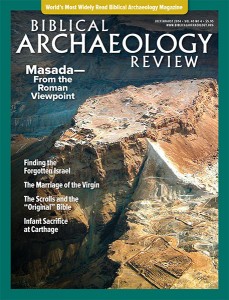Archaeological Views: Investigating the Crime Scene: Looting and Ancient Coins

Looting is the scourge of archaeology. The act of looting damages archaeological sites and limits our understanding of the past; once objects are removed from their original contexts without record, their associations can never be reconstructed. The problem is analogous to a tainted crime scene. Archaeologists are detectives: Archaeologists reconstruct the past by analyzing the relationships of objects to one another in different occupation horizons as detectives recreate crimes by looking at the relationships between weapons, footprints, fingerprints, broken glass and other evidence. When something has been taken away from a historical site (the crime scene), the object is divorced from its relationship with other objects, and its utility for the writing of history (solving the case) has been diminished.
To take our analogy further, let’s think of an ancient coin as a murder weapon. No one would disagree that going into a crime scene before the investigators arrive and absconding with the bloody knife, cleaning it and then putting it in a private collection would seriously compromise the case. But this is what happens when looters descend on an archaeological site and remove coins and other artifacts: They disturb objects, their relationships with one another and remove evidence that may well be the “smoking gun” for an excavation. Even if sites are not undergoing active excavation, it is important to preserve them intact for future generations.
Already a library member? Log in here.
Institution user? Log in with your IP address.

